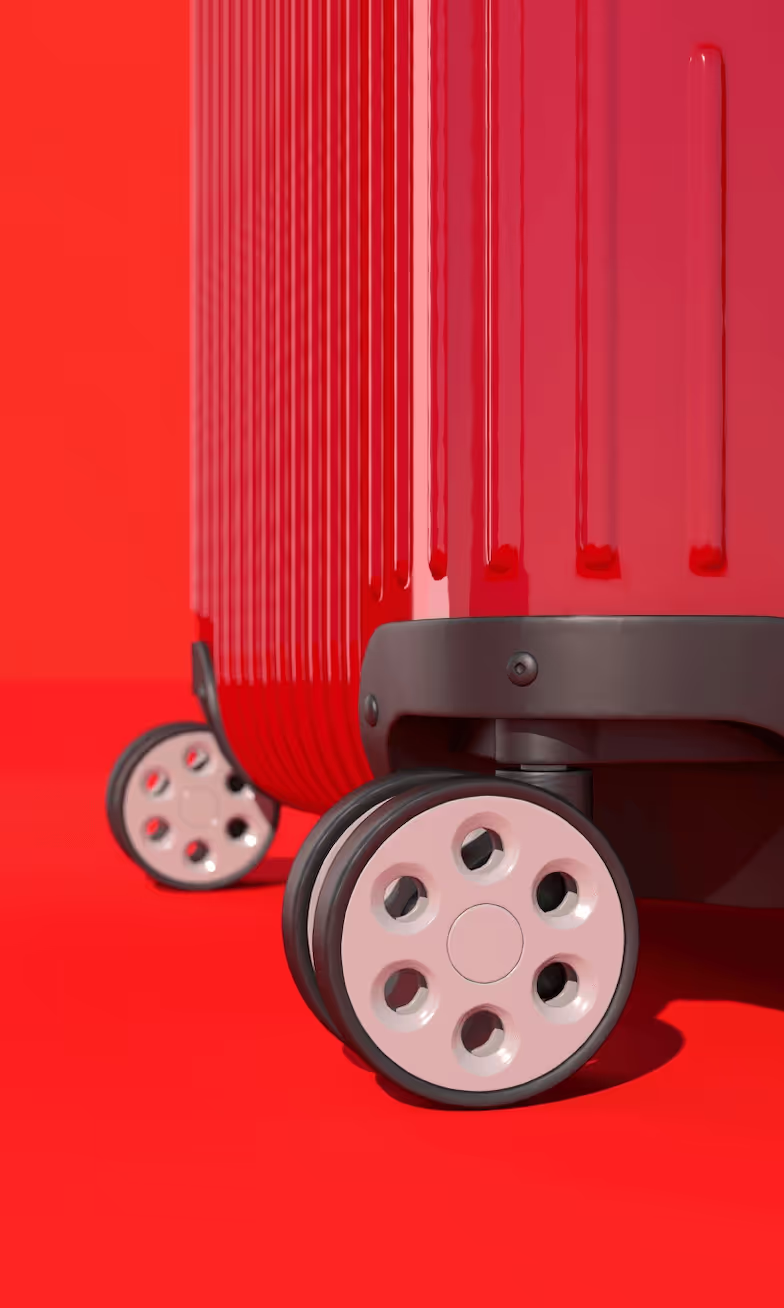
Menu

This article was originally published on WARC
The global wellness economy is valued at $5.6 trillion, a number so huge that it’s unimaginable. Drill down into the value of various types of wellness categories in Australia and you’ll find values ranging from $100 million to $85 billion and see that Australia is ranked as the 10th largest wellness market globally.
Whatever definition and number you pick, it’s a big deal. These numbers tell us that wellness isn’t just one amorphous market, it’s multiple inter-related categories and specialist areas.
For marketers, this trend opens up new opportunities. It’s a chance for brands to better understand the nuances of wellness and leverage competitive value.
Cultural movements like wellness often seem to spring from some mystical or spiritual trigger. The truth is, however, they are always grounded in more substantive sources. Where did wellness spring from? Technology and urbanisation. Specifically, increasingly sedentary lives spent in front of computer screens. Economic growth means many people can make choices about the food they eat compared to barely getting enough to eat. Not only this but we’re living longer, a factor that’s often overlooked. The 100-year life is here.
Think of a lifetime like a length of elastic. The 100-year life doesn’t mean just adding 10 years on to the end. It stretches all of the stages of life and rites of passage get further and further apart from each other. The stages not only get further apart (adulting is happening at an older age than ever before) but the implications for what wellness means at each lengthened stage are redefined.
Let’s consider wellness at the later stages of life. The concept of ageing well or “well-ageing” is a newly coined term. While it might seem like a play on words, language is a signal that reflects a shift from “how old are you?” to “how long have you lived?”. It’s a far cry from anti-wrinkle cream, which promoted the act of disguising the physical manifestation of ageing. Well-ageing promotes activities such as strengthening exercises, not to avoid the dreaded “fall” but to ensure you can lift your 7kg carry-on bag into the overhead locker when you set off to go trekking in Nepal. Wellness is a static state, well-ageing is dynamic. It’s about living an extended life.
By 2026, the number of Aussies over the age of 65 will be double that of the 1970s. It's a wealthy demographic too, with those aged 55 or over accounting for more than two-thirds of the household wealth generated in the country. This indicates spending power and opportunity. One in every six people in Australia are aged over 65, yet this group only appears in 4.7% of advertising content and 6.6% of media content.
In the context of the 100-year life, 65 marks the two-thirds mark. Anyone older than this is in the third life stage – 65 remains a milestone only because it triggers super payments which, for the many still working at this age, adds more money to the living well kitty. But you can’t live well unless you are ageing well and that’s where the opportunity lies for the wellness industry.
There’s a wider opportunity for any brand to connect with the third life stage. This could be in specifically targeted products or services such as specialist gym memberships or high protein supplements previously only targeted at bodybuilders.
Three notable Australian brands that have embraced the reframing of living and well-ageing are TAL Life Insurance, Country Road and Australian Lamb.
TAL's “Insuring this Australian Life” ad celebrates the experience of growing old, depicting people of all ages engaging in all activities, including older people surfing, dancing and playing bowls. The ad's use of street casting has captured a deep sense of authenticity. It feels real. For brands, this is a textbook example of how to signal inclusivity without seeming contrived.
Similarly, Country Road's "A Most Wonderful Celebration” and "Mother’s Day – The Role of a Lifetime" put older women centre stage. Both ads depict confident, fashionable and well-looking older women. Their lives are full, active and unique. They are leaders, artists, mothers and gardeners. In the face of the dominant narrative about this demographic, the ad stands out. As with TAL, it draws on authentic storytelling to inspire an emotive reaction and it works.
The Australian Lamb ad, “The Generation Gap” paints a generational divide but in doing so, signals that there isn't so much difference between generations. The ad highlights stereotypes across all generations and makes fun of them. It reminds us that judging people by their age group creates division and is not relevant in today’s extended lifetime.
While it has not yet become commonplace, the trend of well-ageing aligns with the mainstream wellness movement. It's a ripe opportunity for brands in this space to not only reach a growing, wealthy demographic but to create a positive conversation around ageism. For brands, it's an untapped possibility. But enough with the anti-ageing products and focus on the positive wellness of living a long life.